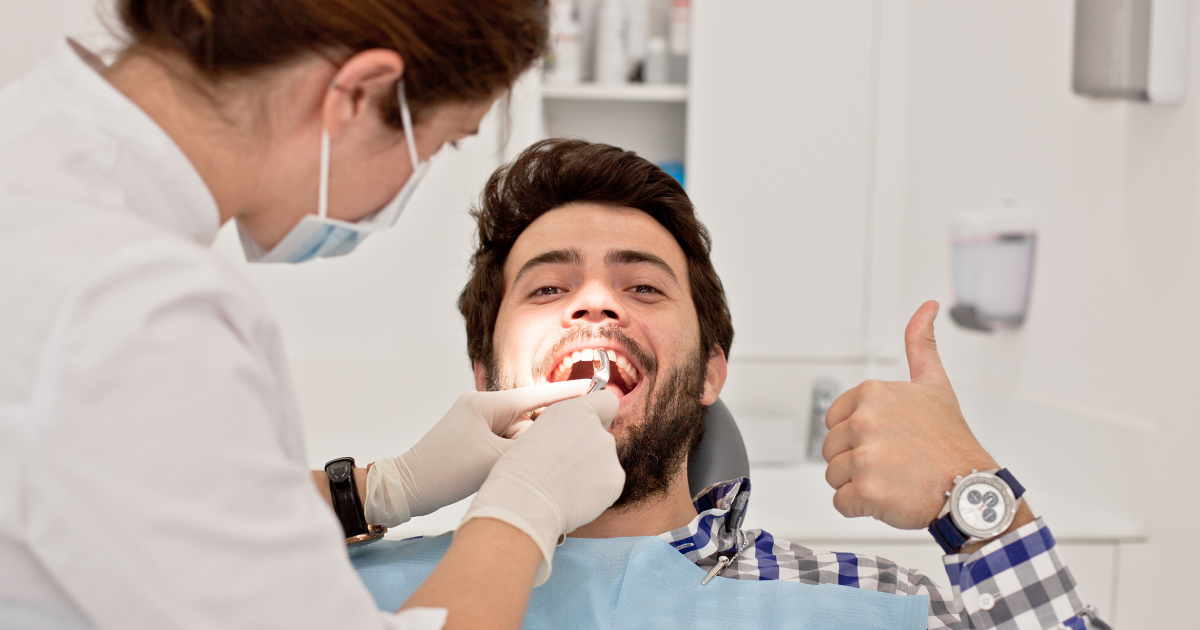Table of Contents
Undergoing osseous surgery in Mount Pleasant, SC, is essential in treating advanced periodontal disease. As you prepare for this procedure, having questions about the recovery process is natural. This guide will walk you through what to expect after your osseous surgery, helping you feel more prepared and confident in your journey toward better oral health.
Understanding Osseous Surgery
Before delving into the recovery process, let’s briefly review what osseous surgery entails. Osseous surgery, also known as pocket reduction surgery, is a procedure designed to treat advanced periodontal disease. It involves reshaping the bone surrounding teeth to eliminate deep pockets caused by gum disease. If left untreated, these pockets can harbor harmful bacteria, leading to further bone loss and tooth instability.
During the procedure, a periodontist makes incisions in the gums to access the bone, removes infected tissue and bacteria, and smooths the bone to help the gums securely reattach the teeth. This process reduces pocket depth and promotes a healthier oral environment.
The Immediate Post-Surgery Period
The First 24 Hours
- Pain Management: You may experience some discomfort as the anesthesia wears off. Your periodontist will likely prescribe pain medication or recommend over-the-counter pain relievers to manage this.
- Bleeding: Some minor bleeding is normal. You’ll be given gauze pads to bite down on to control bleeding. If bleeding persists or becomes heavy, contact your periodontist.
- Swelling: Apply ice packs to your face in 20-minute intervals to reduce swelling and discomfort.
- Rest: Plan to rest for the remainder of the day. Avoid strenuous activities that could increase bleeding or discomfort.
Diet and Oral Care
- Eating: For the first few days, stick to soft, cool foods. Avoid hot foods and beverages and anything crunchy or hard that could irritate the surgical site.
- Hydration: Stay hydrated, but avoid using straws, as the suction can dislodge blood clots and delay healing.
- Oral Hygiene: Follow your periodontist’s instructions carefully. You may be advised to avoid brushing or flossing the surgical area briefly and use a prescribed mouth rinse instead.
The First Week of Recovery
As you progress through the first week after your osseous surgery in Mount Pleasant, SC, you’ll likely notice gradual improvements:
- Discomfort: Pain and swelling typically peak within 48 hours and then begin to subside. Continue taking prescribed medications as directed.
- Oral Care: You may be able to brush your teeth, gently avoiding the surgical area. Your periodontist may recommend a soft-bristled toothbrush or special cleaning techniques.
- Diet: Gradually introduce slightly firmer foods as you feel comfortable, but avoid anything too hard or crunchy.
- Activity: Light activities can usually be resumed, but avoid strenuous exercise or heavy lifting that could increase blood pressure and cause bleeding.
- Follow-up: You’ll likely have a follow-up appointment to check your healing progress and possibly remove any stitches.
Weeks 2-4: Continued Healing
During this period, you should notice significant improvements:
- Comfort: Most patients experience minimal discomfort by this stage. Any residual swelling should continue to decrease.
- Oral Hygiene: You’ll likely be able to resume normal brushing and flossing, but follow your periodontist’s specific instructions.
- Diet: You should be able to return to your normal diet, but continue to be cautious with very hard or crunchy foods.
- Sensitivity: Some tooth sensitivity, especially to cold, is common and should gradually improve.
- Appearance: Your gums may still appear slightly different as they continue to heal and reshape around your teeth.
Long-Term Recovery and Maintenance
Months 1-3
Over the next few months, you’ll continue to see improvements:
- Gum Health: Your gums will continue to heal and tighten around your teeth, reducing pocket depths.
- Stability: You may notice increased stability in previously loose teeth.
- Sensitivity: Any lingering sensitivity should continue to diminish.
Ongoing Care
To maintain the benefits of your osseous surgery:
- Oral Hygiene: Maintain excellent oral hygiene habits, including regular brushing, flossing, and using any recommended oral care products.
- Regular Check-ups: Attend all scheduled follow-up appointments and maintain regular dental check-ups and cleanings.
- Lifestyle Factors: If you smoke, consider quitting, as smoking can significantly impair healing and increase the risk of periodontal disease recurrence.
When to Contact Your Periodontist
While complications are rare, knowing when to seek help is important. Contact your periodontist if you experience:
- Severe pain that doesn’t respond to prescribed medications
- Excessive or prolonged bleeding
- Signs of infection, such as fever or increased swelling after the first few days
- Allergic reactions to prescribed medications
Conclusion
Recovery after osseous surgery in Mount Pleasant, SC, is a gradual process that requires patience and diligent care. Following your periodontist’s instructions and maintaining good oral hygiene can ensure the best possible outcome from your procedure.
At Periodontic Specialists by Solomon Dental, we support you throughout your recovery journey. Our experienced team is always here to answer your questions and address any concerns you may have. Don’t hesitate to reach out if you’re considering osseous surgery or have questions about the procedure or recovery process. Your oral health is our top priority, and we’re here to help you achieve and maintain a healthy, beautiful smile.
Remember, every patient’s recovery is unique, and your experience may vary slightly from what’s described here. Always follow the specific instructions provided by your periodontist for the best results. With proper care and attention, you’ll be on your way to improved gum health and a stronger, more stable smile.






